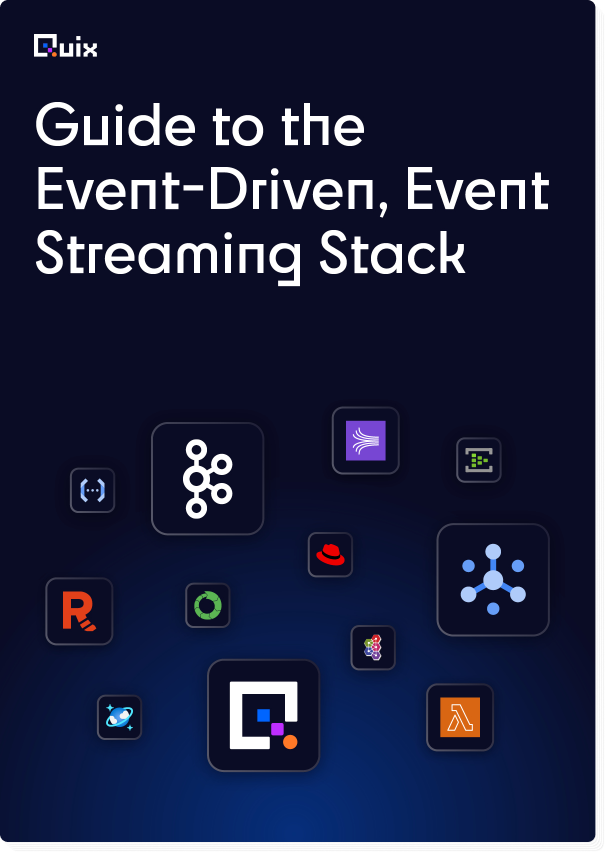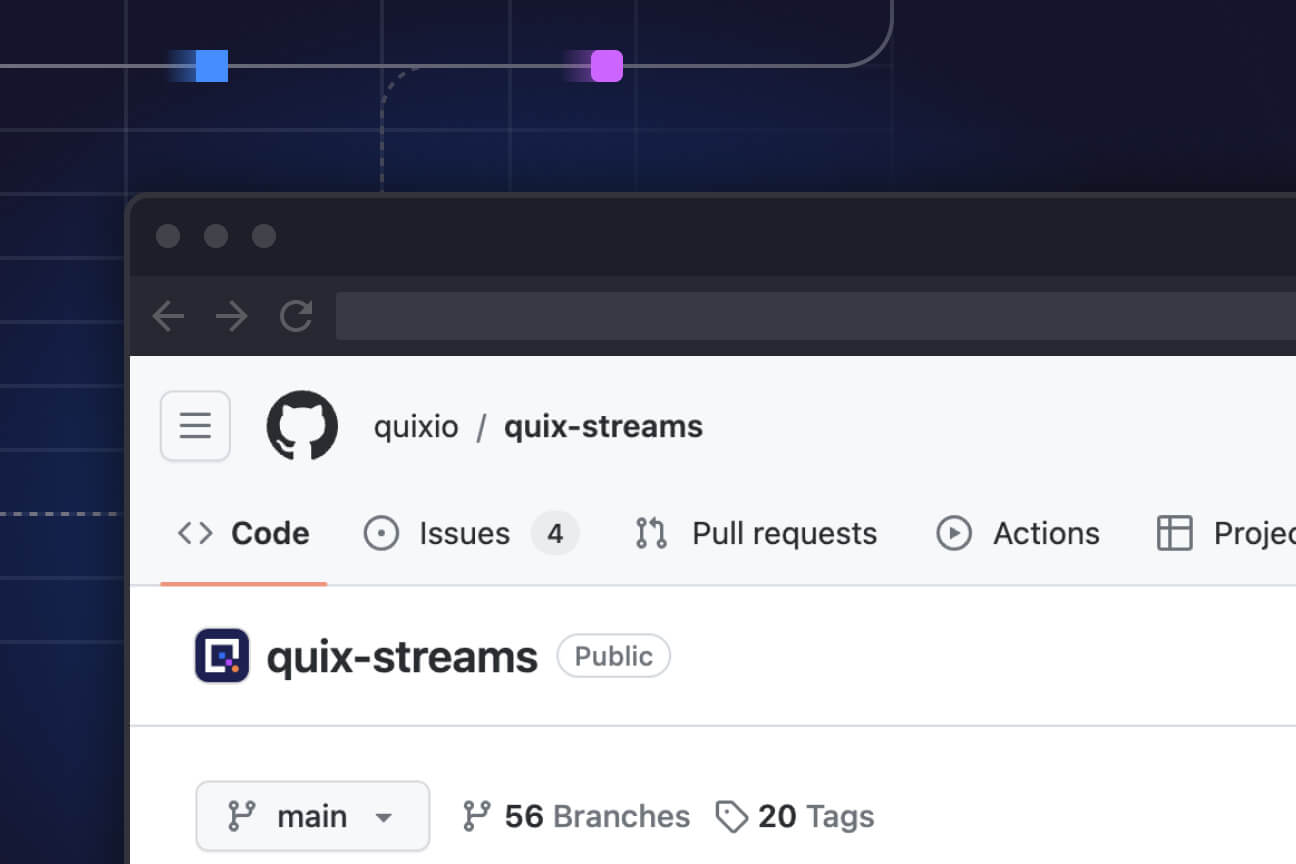Three ways to increase the value you get from the data you already collect
Data’s value depends on how you use it. We’ll look at three ways to increase the value you get from the data you’re already collecting.
How does your company use the data it collects? Are you using analytics tools and dashboards to track performance, identify trends and make decisions? Are you tapping into data to monitor processes, personalize user experiences and automate functions? Is it a core part of the products and services your company offers?
Data’s value all depends on how you use it. And companies are pushing to do more with their data. We see this in the increasing demand for data experts and the expanded ecosystem of data tools.
In this post, we’ll look at three ways to increase the value you get from data you’re already collecting. All of these can be implemented by a small data team or even a single data engineer with the right tools.
1. Make data more accessible to everyone downstream
Companies collect far more data than they use. Splunk estimates that 55-75% of an organization’s data is dark data — a rather ominous term for data that goes unused after being collected, processed and stored.
Often this happens because the data is inaccessible to people with the domain expertise to use it. An operations manager with deep knowledge of how business processes work might not have the data expertise to understand the data those processes generate. In some cases, people don’t even know that data they could use is being collected.
A disconnect between data collection and use happens when data is collected without thinking about how people downstream will access and work with it. Data ends up stuck in silos or dumped into data lakes where it becomes a mess to find and use. Domain experts can’t access the data without a data engineer, and even then they have to wait for the data to be transformed into a usable format — a process that can take days or weeks.
How to do it: increase data access with tools and training
Companies can make data more accessible by looking at both ends of the data pipeline. This means improving the way data is collected and stored, as well as ensuring that end users have the skills they need to work with the data. Let’s look at some examples and talk about how smaller companies and startups can implement these ideas.
Improving data infrastructure
Data engineers at Uber were unable to keep up with data demands from the company’s growing number of analysts and city operations managers. Requests that should have taken hours to complete were taking days or weeks. An internal study revealed that these delays were costing millions in lost productivity.
To improve data access, they built a no-code interface called uWorc that enables employees to build their own batch or stream processing data pipelines using a no-code interface.
Empowering employees to access and use streaming data is a complex undertaking that used to be out of reach for smaller companies. Fortunately, Quix is changing that with our stream processing solution.
With Quix, a single data engineer can implement a stream processing layer. This enables companies to process data as it streams in, adding structure and context so that it’s ready for analysis or connection with analytics tools. What’s more, Quix includes features, like permissions and parallel sandboxes, that enable data teams to open up access without jeopardizing the production environment.
Cultivating citizen developers
When we were building Quix, we observed that many product managers, mechanical engineers and other domain experts were learning code so that they could work with data. Like the managers at Uber, they were eager to get their hands on the data they needed. Unfortunately, Python, one of the most popular coding languages, isn’t supported by most stream processing solutions.
More access to data equals more value from data. So we built Quix to increase access by enabling anyone with a basic knowledge of Python to work with data, even streaming data.
Companies can take a page out of Levi Strauss & Co.’s playbook and encourage employees to learn Python. Levi Strauss did this with an eight-week AI bootcamp where employees learned to write Python scripts, automate processes, and use data to solve problems. Graduates left with the ability to use data in their day-to-day work without relying on a data expert.
2. Reduce the time between data creation and use
Digital consumers move fast. Market conditions change fast. Even as data is collected, it’s already changing. A buying decision made on yesterday’s data will miss today’s price increase. A perfectly crafted social media post will fall flat if user sentiment changes before it goes live.
To make the best decisions, people need access to data immediately. Real-time data provides the latest on social media sentiment, fraud detection, connectivity, price fluctuations and process or machinery failures.
Learning things after the fact isn’t nearly as satisfying as spotting a warning sign and diverting a disaster, or jumping on an unexpected opportunity. More immediate access to data makes those insights more valuable. It enables decision-makers to understand, decide and act without delay.
How to do it: Use stream processing to provide real-time data
Stream processing is the key to real-time data. By processing events as they happen, companies can build real-time dashboards that are always fresh. And this is just the first step, as companies progress in data maturity, stream processing capabilities open the door to machine learning and automation.
3. Use ML and automation to transform data directly into action
While some decisions require a human touch, there are many cases where machine learning (ML) can be used to automate decisions using real-time data. Transforming data directly into action enables services and devices to be more responsive, adding value for the end user and by extension, the company providing those services.
Combining streaming data processing with machine learning and automation enables you to act on data in real-time, opening up new ways to use the data you already collect.
Respond immediately to time-sensitive data: ML and automation are especially useful when every second matters. Leading banks use ML with live data to block crime in real time. In the telco industry, millisecond-precision monitoring helps detect issues and automatically redirect resources to maximize up-time. Real-time data from medical devices can trigger life-saving alerts and sensor data on vehicles and machinery can trigger preventative maintenance or shut a machine down before it breaks.
Reduce latency to improve customer experience and conversion rates: We know that speed is important in customer-facing applications, but Booking.com, the world’s largest online travel agent, demonstrated just how important reducing latency is. In an analysis of about 150 successful customer-facing applications of machine learning, they found that an increase of about 30% in latency can negatively impact conversion rate by more than 0.5%.
Enhance IoT devices with data-driven features: IoT devices provide rich data sets that can be used for personalization and other data-driven features. The challenge is that building the infrastructure to process that data requires different skills than building the device itself. Implementing a streaming solution like Quix helps IoT device creators launch features faster. How much faster? Stream processing helped one company launch personalized wearable devices 300% faster.
How to do it: Use streaming data to train models faster
ML and AI models are powerful tools, but it can be a long road from idea to production. A Dotscience report revealed that 64.4% of industry professionals surveyed take 7-18 months to develop ML and AI models.
In a fast-paced world, that’s just not fast enough. Again, Quix is here to help with our production-ready stream processing platform. See how we helped one company stand up, train, test and deploy 82 ML models in just two weeks.
Quix helps companies get more value from their data
Data is more valuable when it’s accessible, immediate and responsive. We believe that stream processing is the key to unlocking this value by making the data you collect:
Accessible – Stream processing enables companies to clean, process and add context to data before it’s dumped into storage.
Immediate – Because data is processed in motion, it’s immediately available for use by people, analytics tools and devices.
Responsive – Real-time data can be used to build responsive services and devices. IoT devices can act on the data they collect in real-time, performance monitoring and fraud detection can trigger an immediate response, and field applications can automatically adjust to optimize connectivity and productivity.
Quix puts the power of stream processing into the hands of smaller data teams, startups and citizen developers. We handle the complexity of maintaining a reliable stream processing infrastructure and provide tools that enable people across the organization to use streaming data. Not just data experts.
What’s a Rich Text element?
The rich text element allows you to create and format headings, paragraphs, blockquotes, images, and video all in one place instead of having to add and format them individually. Just double-click and easily create content.
Static and dynamic content editing
A rich text element can be used with static or dynamic content. For static content, just drop it into any page and begin editing. For dynamic content, add a rich text field to any collection and then connect a rich text element to that field in the settings panel. Voila!
How to customize formatting for each rich text
Headings, paragraphs, blockquotes, figures, images, and figure captions can all be styled after a class is added to the rich text element using the "When inside of" nested selector system.

Check out the repo
Our Python client library is open source, and brings DataFrames and the Python ecosystem to stream processing.

Interested in Quix Cloud?
Take a look around and explore the features of our platform.

Interested in Quix Cloud?
Take a look around and explore the features of our platform.






